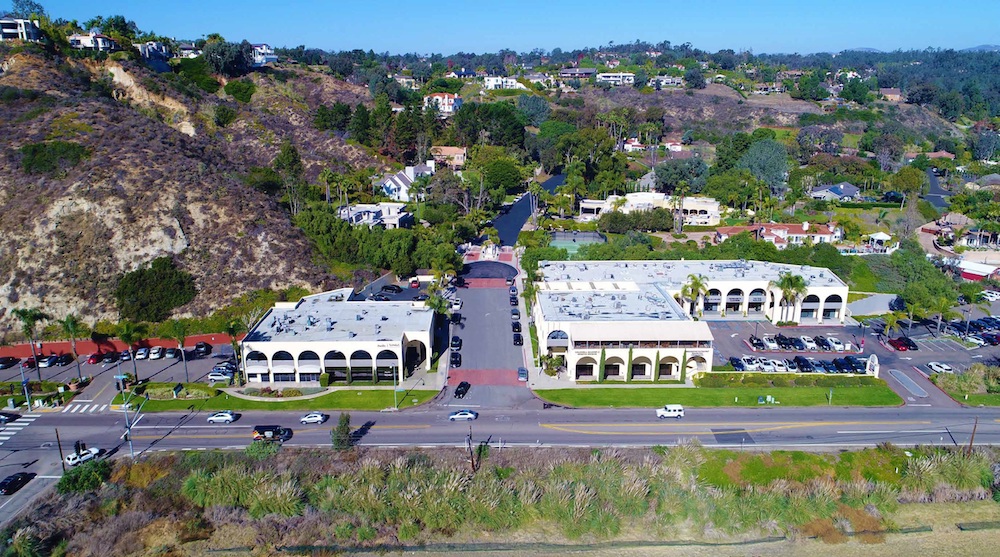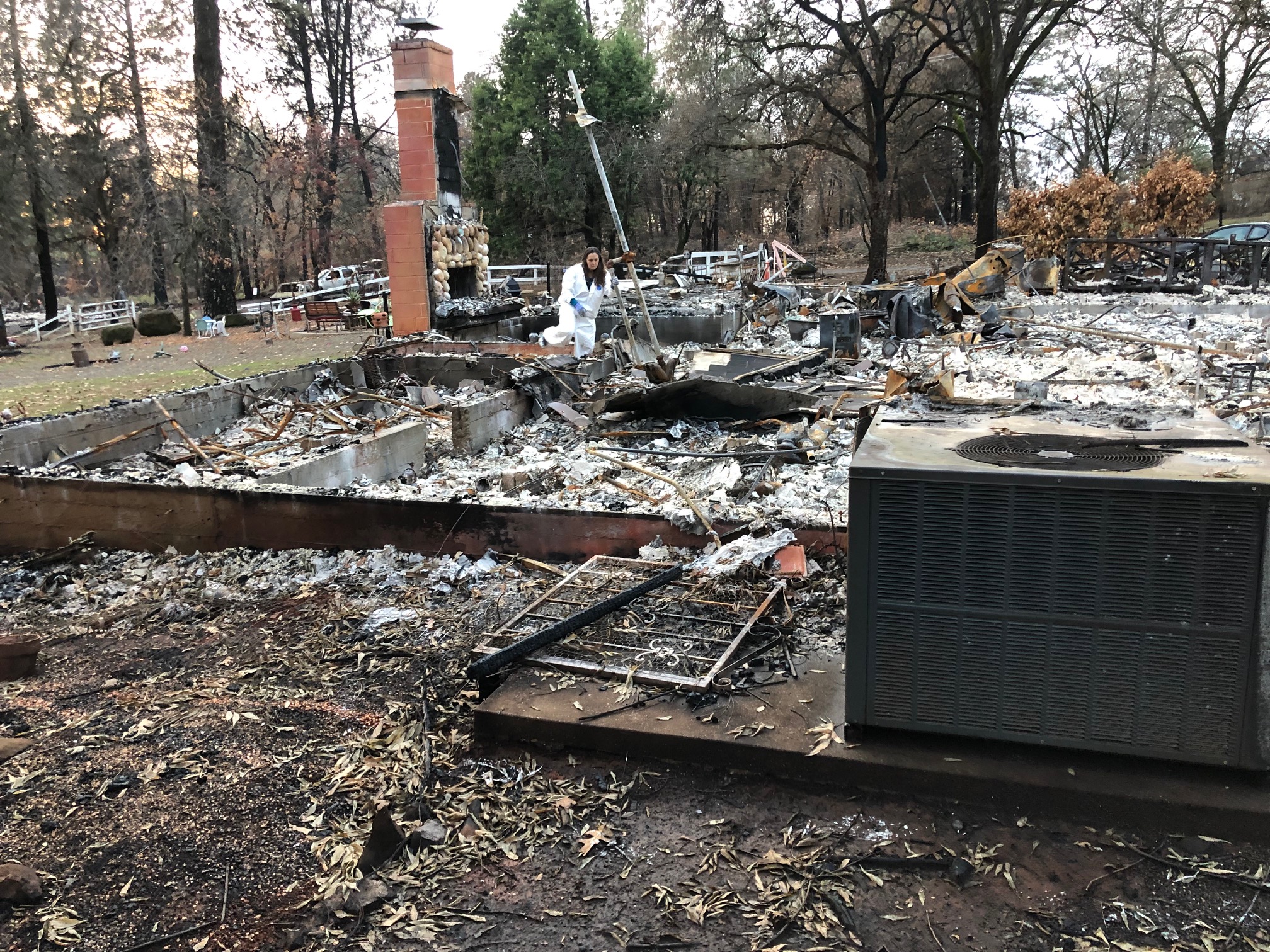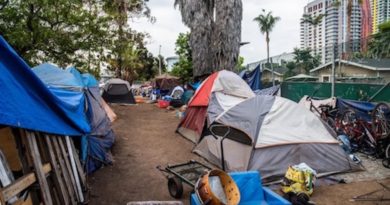Daily Business Report-July 16, 2018
The two-building, two-story property sits at the gateway between Del Mar and Rancho Santa Fe.
LPC West acquires Del Mar’s Polo Plaza
for $27.5 million; renovation scheduled
LPC West has acquired Polo Plaza, an iconic, 57,253-square-foot, mixed-use property at 3702 and 3790 Via De La Valle in Del Mar, from an undisclosed, local seller for $27.5 million. The two-building, two-story property sits at the gateway between Del Mar and Rancho Santa Fe.
LPC West will renovate the Mediterranean-style office/retail property to include a new paint scheme, monument sign, exterior lighting, furniture and landscaping, as well as complete parking lot upgrades. The plaza will also feature a new café offering coffee, breakfast and lunch in a modern and sophisticated indoor/outdoor setting.
The property also will offer small ExecuOffices in newly-renovated facilities with on-site amenities. A new web-site atwww.poloplazadelmar.com highlights LPC West’s plans.
Polo Plaza, named for its high-profile location across from the Del Mar Polo Fields, has been owned by a local, private partnership for 31 years and is 92 percent occupied. The seller sought a local buyer that would be a good steward of the property for the benefit of the local community.
Ben Tashakorian and Bradley Peters of Marcus & Millichap represented the seller, while LPC West represented itself in the transaction.
____________________
Cali Baja mega-region exports $24.3 billion
worth of goods, services internationally
Foreign exports in the Cali Baja mega-region, an area that includes San Diego County, Imperial County, and the State of Baja California, total $24.3 billion — of which $6.2 billion stay in the region — according to a new report by World Trade Center San Diego.
According to the report:
- Mexico is California’s largest export market, with annual exports totaling $26.8 billion. Trade with Mexico supports more than 566,000 jobs in California.
- Since NAFTA (North American Free Trade Agreement) was signed, California exports to Mexico have grown by 311 percent.
- Cali Baja produces commodities including medical devices, semiconductors, aerospace parts and audio and video equipment. Together, the region’s manufacturing sector directly employs 418,300 workers.
“It is clear that the cross border economic relationship plays a critical role in the Cali Baja mega-region in spurring economic growth, advancing technology, and enhancing lives on many levels,” said Melissa Floca, associate director of the Center for U.S.-Mexican Studies, a top policy research center for U.S.-Mexico relations. “These findings underscore the importance of continued cooperation between Mexico and the U.S. to enhance the value we create as a region in services and advanced manufacturing.”
The report was produced by World Trade Center San Diego, with research support from Center for U.S.-Mexican Studies at UC San Diego’s School of Global Policy & Strategy. The research was underwritten by SAMSUNG.
____________________
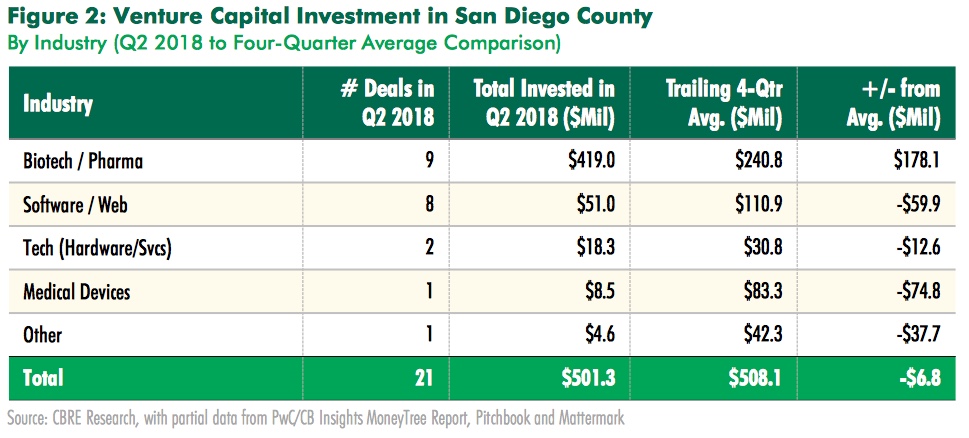
Record-high investment in life sciences
drives a half-billion dollar 2nd quarter
Life science companies in San Diego received a record-setting amount of venture capital investment in the second quarter of 2018, reaching $427.5 million, according to data from CBRE Research, PwC/CB Insights MoneyTree Report, Pitchbook and Mattermark. Investment in tech and other sectors was slower in Q2, but total investment reached $501.3 million. This was the 3rd highest quarter on record and on the heels of the record $593 million set last quarter. This amounts to a first-half pace of more than $1 billion, a mark previously not reached in San Diego.
The global trend of higher M&A activity in San Diego slowed in terms of deal count to 16 known M&A deals in Q2, which includes announced or completed deals involving San Diego companies, but plenty of significant deals are awaiting approval. Qualcomm made international headlines after Broadcom attempted and failed to acquire the iconic San Diego company, but Qualcomm’s own proposed $44 billion acquisition of NXP Semiconductors remains in the news. The deal is awaiting approval from China, who is the final holdout of nine global regulatory bodies tasked with reviewing the deal.
The largest deal this quarter went to Ansun BioPharma, a Torrey Pines-based clinical-stage biopharmaceuticals company that received $85 million in Series A funding. The announcement noted that the proceeds would be used to fund a clinical trial of the company’s experimental anti-viral medication that treats immunocompromised patients infected with parainfluenza
____________________
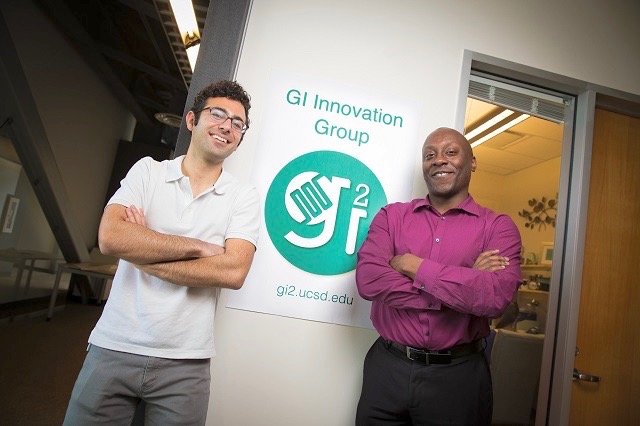
UC San Diego’s ‘Proof of Concept’ awards
move campus health innovations to market
Nine teams of UC San Diego students, faculty and other researchers who have developed novel innovations that could improve various aspects of health care, have been awarded proof-of-concept awards designed to help bring their campus inventions to commercial use.
The pilot awards, which provide up to $50,000 in funding and commercial mentorship for all disciplines, were made possible through two programs operated by UC San Diego’s Institute for the Global Entrepreneur and Office of Innovation and Commercialization.
Through the “Accelerating Innovations to Market,” or AIM, program, launched last year by the campus Office of Innovation and Commercialization, faculty and other researchers can apply for funding ranging from $10,000 to $50,000 for early-stage proof-of-concept and feasibility projects.
Through the Institute for the Global Entrepreneur (IGE) “Technology Accelerator” program, grants of up to $50,000 are available to Jacobs School of Engineering faculty, postdoctoral fellows and graduate teams.
____________________
David Karow takes interim
CEO post at Human Longevity Inc.
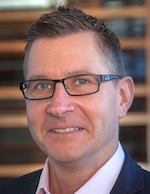
David Karow has been named interim chief executive officer at Human Longevity Inc. following the retirement earlier this year of J. Craig Venter.
Serving most recently as HLI’s chief of radiogenomics, Karow has been guiding the company’s signature clinical research and discovery center, Health Nucleus, which infuses genomics and advanced imaging into traditional health care for a more proactive and preventative approach.
Karow has also focused on developing machine learning-based integrated diagnostics of chronic age-related disease.
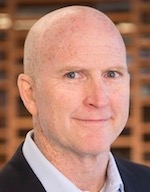
Karow will partner with Scott Sorensen, HLI’s chief technology officer, who will also assume the responsibilities of interim chief operations officer. Sorensen joined the company earlier this year from Ancestry to refine HLI’s focus on delivering a state-of-the-art customer experience and patient friendly products.
Together, Karow and Sorensen will oversee HLI’s business strategy incorporating genomic analytics, machine learning and advanced clinical imaging poised to yield tremendous impact to benefit HLI’s customers and the broader scientific field.
Karow joined HLI following two decades of research, clinical practice and training at University of California San Diego, University of California Los Angeles and the University of Michigan, Ann Arbor, driving advancements to optimize clinical imaging and more recently the integration with genetics.
____________________
Keary Engle receives Bristol-Myers Squibb award
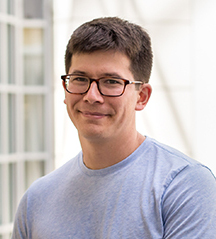
Chemist Keary Engle, an assistant professor at Scripps Research, has been awarded the 2018 Bristol-Myers Squibb Unrestricted Grant in Synthetic Organic Chemistry.
The $75,000 award will support Engle’s work to invent new tools to make new drug candidates quickly, efficiently and sustainably.
Engle, who earned his Ph.D. in the Scripps Research Skaggs-Oxford Program, started his lab three years ago.
Since then, Engle has published 22 independent papers, establishing a firm foundation of results that validate some of the lab’s key hypotheses.
Read more…
____________________
An ATM that dispenses antioxidants
One reason we’re supposed to eat a variety of colorful fruits and vegetables is because they contain nutritious compounds called antioxidants. These molecules counteract the damage to our bodies from harmful products of normal cells called reactive oxygen species (ROS).
Now, research led by a Salk Institute professor along with collaborators from Yale, Appalachian State University and other institutions found that a protein called ATM (short for ataxia-telangiectasia mutated) can sense the presence of ROS and responds by sounding the alarm to trigger the production of antioxidants.
The work, which appears in Science Signaling on July 10, 2018, could have implications for a disease in which ATM is dysfunctional—and could also help reveal ways to boost cellular health overall
____________________
Repeated cognitive testing can
obscure early signs of dementia
Alzheimer’s disease is a progressive, neurodegenerative condition that often begins with mild cognitive impairment or MCI, making early and repeated assessments of cognitive change crucial to diagnosis and treatment. But in a paper published online in the journal Alzheimer’s & Dementia: Diagnosis, Assessment & Disease Monitoring, a team of researchers led by scientists at the University of California San Diego School of Medicine found that repeated testing of middle-age men produced a “practice effect” which obscured true cognitive decline and delayed detection of MCI.
“When persons take the same or similar tests repeatedly over time, they simply get better at taking the tests,” said first author Jeremy A. Elman, a postdoctoral fellow in the lab of senior author William S. Kremen, professor of psychiatry and co-director with Carol E. Franz of the Center for Behavior Genetics of Aging at UC San Diego School of Medicine. “The consequence is that their results may not accurately reflect the reality of their condition.”

